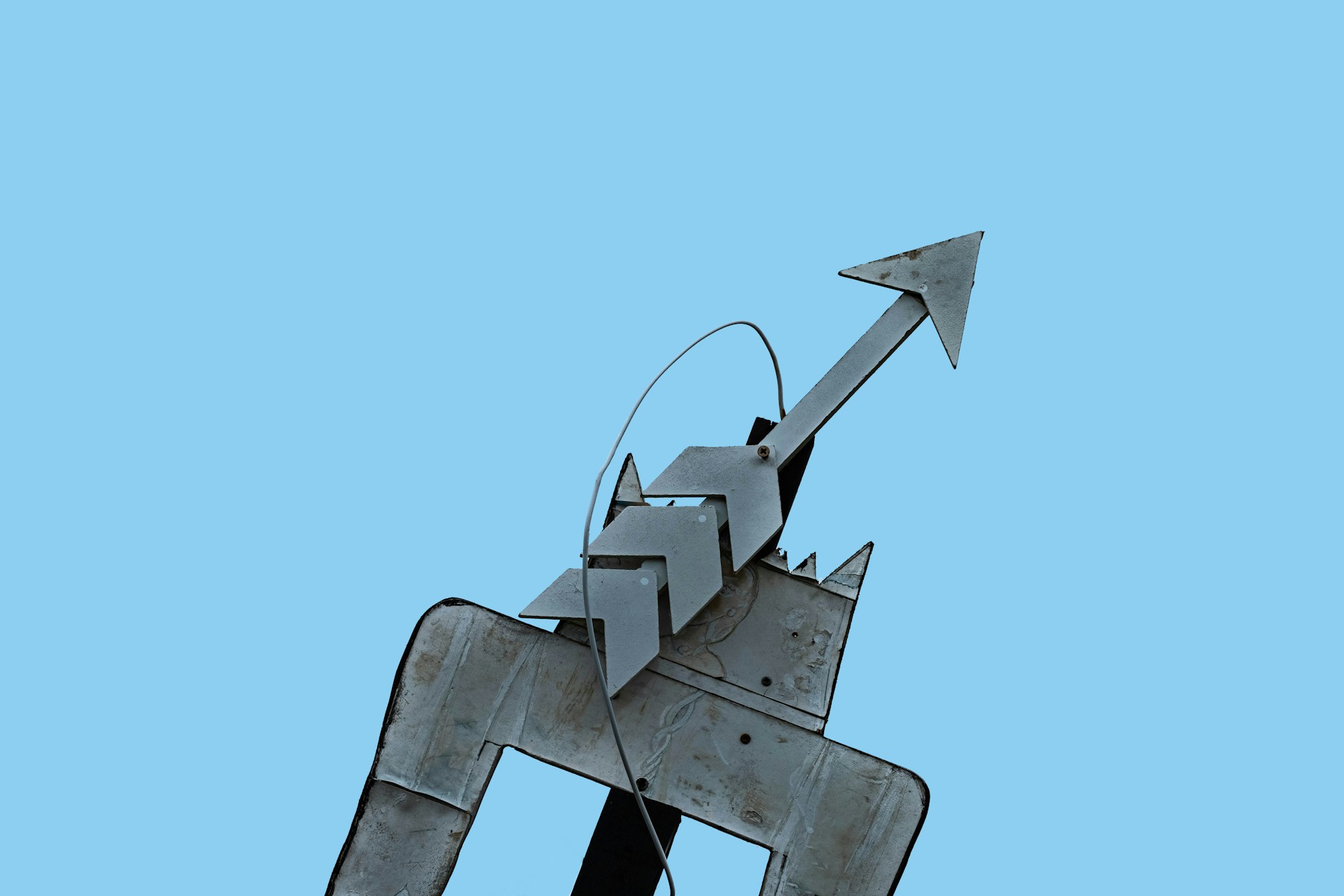Lisa’s Final Act: how Apple invented its future by burying its past
Watch the full documentary now. Continue reading…
/cdn.vox-cdn.com/uploads/chorus_asset/file/24682588/Lisa_Homepage_and_social_image.jpg)
Last December, along with a Verge video crew, I found myself wandering across a snowy mountain of garbage in Logan, Utah. Everyone we’d talked to told us that Logan was a gorgeous place to visit pretty much anytime except the dead of winter. They also told us the landfill wasn’t the most pleasant place to explore at any time of year. The landfill in the dead of winter was a real one-two punch — though the cold probably helped with the smell a little.
But the landfill held a piece of a puzzle that had nagged at us for months: the fate of the Lisa, Apple’s most iconic failure.
In September 1989, according to a news article, Apple buried about 2,700 unsold Lisa computers in Logan. The Lisa was released in 1983, and it was Apple’s first stab at a truly modern, graphically driven computer: it had a mouse, windows, icons, menus, and other things we’ve all come to expect from “user-friendly” desktops. It had those features a full year before the release of the Macintosh. It was also doomed.
“The Lisa was the first computer out there … that you didn’t have to struggle with a big computer manual or even hire a consultant to use,” explained veteran tech journalist Steven Levy in a recent interview. “You could understand it out of the box and start using it.” But the Lisa famously had a $10,000 price tag and some hardware issues, and it was overshadowed by the forthcoming cheaper Mac. Even discounted, upgraded, and rebranded as the Macintosh XL, it survived a paltry two years and was dropped in 1985.
The burial in Logan was the final insult for a computer that never had a fighting chance, and it piqued our interest. What had happened to the Lisa between its discontinuation in 1985 and its final demise in 1989? Why destroy the last of the Lisas? And why did this all go down in Utah? That article offered a handful of curious details — enough to motivate us to head to Logan and figure out what really happened more than 30 years ago.
Yes, obviously we really wanted to dig up the Lisas. We’d all heard of Atari burying the famously bad video game adaptation of E.T. the Extra-Terrestrial in 1983. We’d watched some enterprising documentarians exhume the cartridges to great fanfare and play the notoriously unplayable game right there at the dump. We had dreams of booting up a piece of Apple history after ceremoniously rescuing it from decades of municipal waste.
The Logan Landfill, home of the last Lisas.
Unfortunately, standing atop Mount Lisa, it was clear a resurrection wasn’t in the cards. We received a light warning from a bulldozer operator (specifically: “stay out of my way and stay out of the garbage because I don’t want to see you die today”). We chatted with him a little and asked where the Lisas might be. He pointed at the depths of the hill — 1989, he said, was “way down at the bottom.” And even if we’d found them, reports suggested that landfill workers had run over the computers with bulldozers before dropping them into the ground.
Where the Lisas were, clearly, was far out of our reach. So instead, we focused on how and why. A few people with knowledge of the incident still lived around Logan, though finding them drove home just how much time has passed since 1989. The reporter who wrote the original article is now an acclaimed romance novelist. The photo editor, another eyewitness to the burial, is a retired dairy farmer and cheesemaker. We interviewed them both, which is how this story about finding vintage computers involved a tour of a cheese cave.
But the main character in our story of the last Lisas is a former computer salesman named Bob Cook. In the mid-’80s, Bob was an Apple reseller who saw a novel sales opportunity: old computers. The first generations of personal computers were becoming obsolete, and Bob went into business selling them at a discount. He struck unique deals to take old, sometimes used inventory off Apple’s hands on consignment: first about 3,500 Apple III computers in 1985 and then the last 7,000 Lisas a year later. In the process, he helped invent a whole new niche in the computer business.
Photo by Becca Farsace / The Verge
“Computers were supposed to be leading edge, so nobody was thinking about selling the trailing edge of high technology,” he told us with a chuckle. Bob filled in a new section of the Lisa’s history. He hadn’t just been trying to resell the computers — he’d been trying to improve them. Bob took the leftover Lisas and applied all his experience with computers at the dawn of the industry. He estimates he spent $200,000 on R&D, upgrading both the hardware and operating system to be more competitive with newer Mac models like the Plus, at a fraction of the price. He did so much work that he felt a rechristening was in order.
“It was something different. So we called it the ‘Lisa Professional,’” he said.
But we embarked on Bob’s journey knowing it didn’t have a happy ending. What possessed Apple to change its mind about the deal and destroy the Lisas he was selling? We won’t spoil the answer here. But the story involves sabotage, hired goons, and the outsize influence of one Steve Jobs, co-founder of Apple. It’s a remarkable tale that helps explain how Apple became the historically profitable tech leviathan that it is today. You can watch the full documentary today, embedded above or on our YouTube channel.
Photo by Becca Farsace / The Verge

 KickT
KickT 































